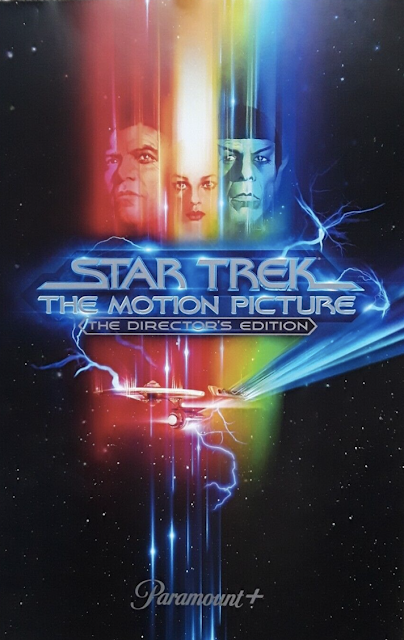Film 2/52: Brainstorm (1983)
So you're probably wondering — why Brainstorm. While I knew of Doug Trumbull's involvement in films such as 2001: A Space Odyssey, Silent Running and Close Encounters of the Third Kind — I came to understand his role as a visual effects pioneer when we worked with Ralph McQuarrie. Ralph had done design work for a number of Trumbull's Showscan projects — films designed to be presented at a high frame rate, providing a different look, almost a window into the world. While that's a very unsophisticated description, I knew that Brainstorm was Trumbull's attempt to use the technology in a feature film. While that didn't work out, he did use some amazing techniques to tell his story of a group of scientists' experiments to open up someone's mind's-eye to spectators.
It's hard to recommend the film for the story alone (Vonna felt that Natalie Wood, in her final screen role before her tragic and controversial death, was acting in a different film than the rest of the players). It has a great cast — Christopher Walken and Cliff Robertson are standouts — and a very cool James Horner score, but what really makes the film worth seeing (in the right environment) are Trumbull's directorial techniques which are retained on the Blu Ray. The majority of the film is filmed in a standard widescreen aspect ratio that expands to a Super Panavision image whenever we're experiencing the first-person viewing of someone else's experience. Here's the film's opening scene:
At the same time, these sequences also feature dynamic surround sound, which enhances the presentation significantly. Trumbull takes advantage of this to demo a number of first-person experiences, such as riding a roller coaster, hang-gliding over Waimea Canyon in Kauai, and going down a waterslide. This video, as Cliff Robertson's character presents the technology to a group of investors, provides a nice example of this:
Brainstorm: The Showscan Edit - Investor Demo Scene from Triple_sSs on Vimeo.
Now, the downside of this cool storytelling technique is that the bulk of the film doesn't fill your screen — it's window-boxed with black bars on all four sides of the picture. On a smaller TV screen in particular, this would likely be very distracting. Thankfully, on our 120" screen in The Slaughtered Lamb, it's much more forgiving. And while they could have chosen to transfer the the bulk of the feature filling the TV frame, and then employing the black bars only for the widescreen sequences, that would have had the opposite effect of what Trumbull had intended. Those scenes would no longer be so immersive. I can't even imagine the film working had the entire thing been cropped for a pan & scan presentation, as I would assume it was for it's original VHS release.
Given the right viewing environment, the film is definitely worth experiencing.





Comments
Post a Comment